In the above diagram, given the demand (D) and the supply (S), the equilibrium price and the equilibrium quantity are PElizabeth and QE. At a price above PE, such as P2, the quantity supplied (QD) and this results in a surplus (QS – QD). As the price falls, the quantity demanded rises and the quantity supplied falls and this process continues until the price falls to PE where the quantity demanded and the quantity supplied are equal at QE. At PE, the quantity demanded is equal to the quantity supplied. There is neither surplus nor shortage and hence there is no incentive for firms to change the price.
In the above diagram, an increase in the demand (D) from D0 to D1 leads to a rise in the price (P) from P0 to P1 and a rise in the quantity (Q) from Q0 to Q1. 0) and the supply (S0), the price and the quantity are P0 and Q0. 0 to D1, although the quantity demanded rises at the same price (P0), the quantity supplied remains at Q0 and this results in a shortage. When firms do not produce enough to sell, they can raise the  price without losing sales. Therefore, they will do so to increase their profits. As the price rises, the quantity demanded falls and the quantity supplied rises and this process continues until the price rises to P1 where the quantity demanded and the quantity supplied are equal at Q1.
price without losing sales. Therefore, they will do so to increase their profits. As the price rises, the quantity demanded falls and the quantity supplied rises and this process continues until the price rises to P1 where the quantity demanded and the quantity supplied are equal at Q1.
In the above diagram, a decrease in the demand (D) from D0 to D1 leads to a fall in the price (P) from P0 to P1 and a fall in the quantity (Q) from Q0 to Q1. 0) and the supply (S0), the price and the quantity are P0 and Q0. When the demand decreases from D0 to D1, although the quantity demanded falls at the same price (P0), the quantity supplied remains at Q0 and this results in a surplus. When firms cannot sell all the output that they produce, their stocks will build up. Therefore, they will lower the price to reduce their stocks. As the price falls, the quantity demanded rises and the quantity supplied falls and this process continues until the price falls to P1 where the quantity demanded and the quantity supplied are equal at Q1.
Given the demand (D
In the above diagram, an increase in the supply (S) from S0 to S1 leads to a fall in the price (P) from P0 to P1 and a rise in the quantity (Q) from Q0 to Q1. 0) and the supply (S0), the price and the quantity are P0 and Q0. When the supply increases from S0 to S1, although the quantity supplied rises at the same price (P0), the quantity demanded remains at Q0 and this results in a surplus. When firms cannot sell all the output that they produce, their stocks will build up. Therefore, they will lower the price to reduce their stocks. As the price falls, the quantity demanded rises and the quantity supplied falls and this process continues until the price falls to P1 where the quantity demanded and the quantity supplied are equal at Q1.
In the above diagram, a decrease in the supply (S) from S0 to S1 leads to a rise in the price (P) from P0 to P1 and a fall in the quantity (Q) from Q0 to Q1. 0) and the supply (S0), the price and the quantity are P0 and Q0. When the supply decreases from S0 to S1, although the quantity supplied falls at the same price (P0), the quantity demanded remains at Q0 and this results in a shortage. When firms do not produce enough to sell, they can raise the price without losing sales. Therefore, they will do so to increase their profits. As the price rises, the quantity demanded falls and the quantity supplied rises and this process continues until the price rises to P1 where the quantity demanded and the quantity supplied are equal at Q1.
